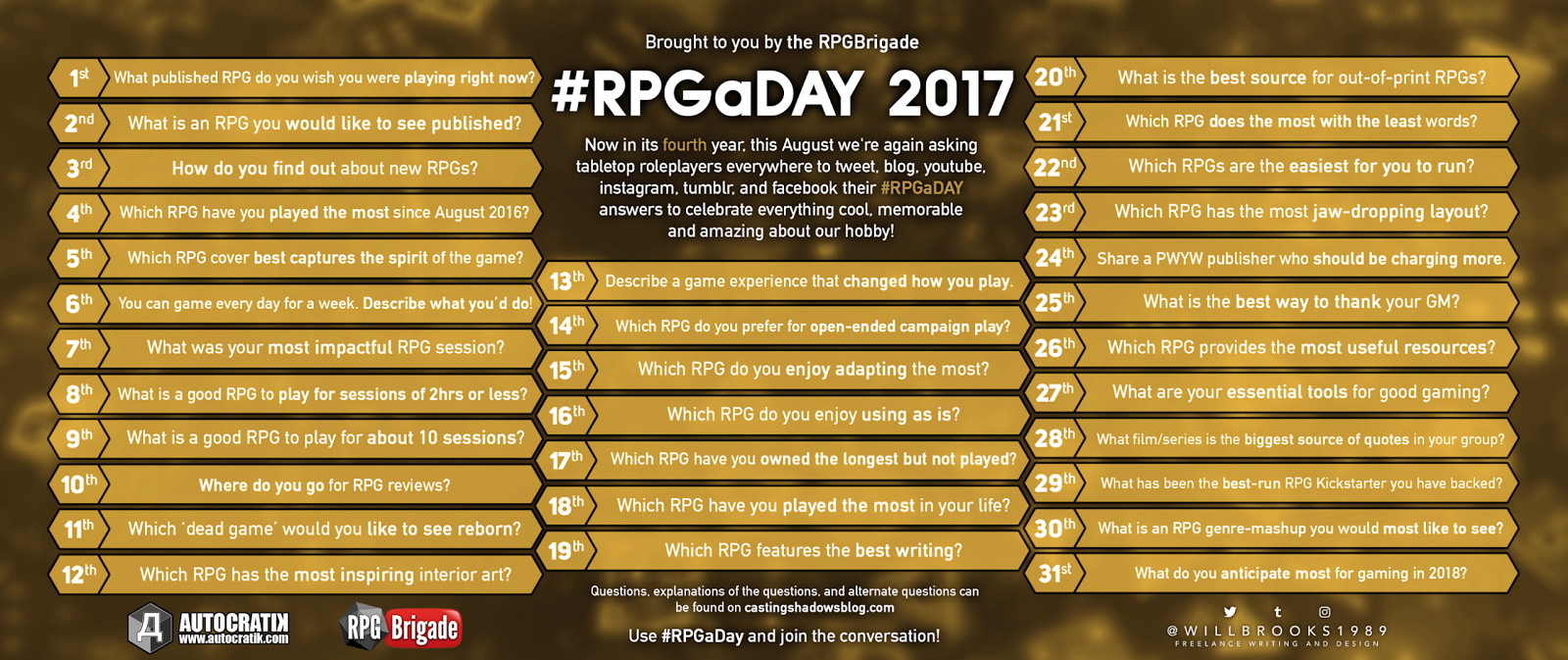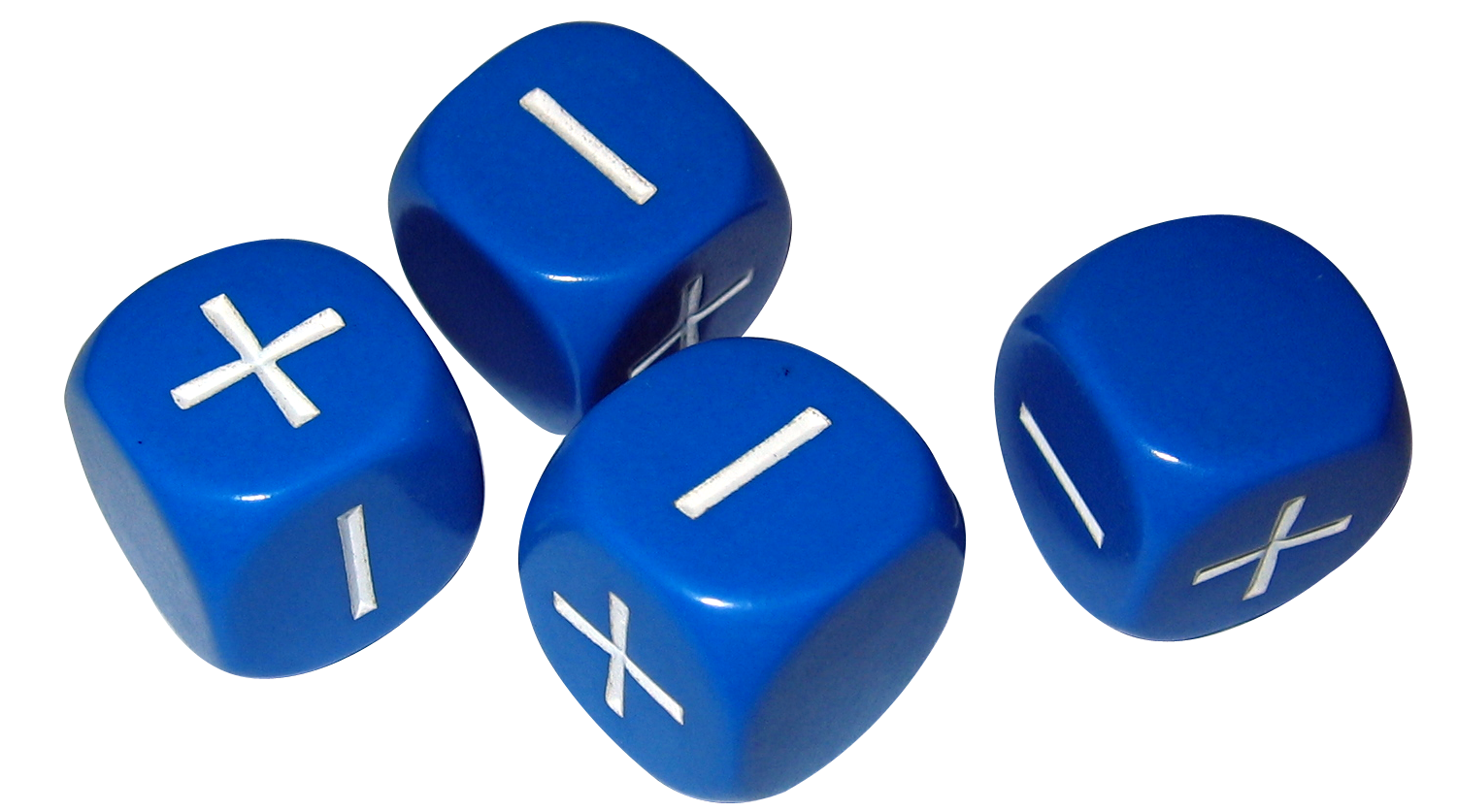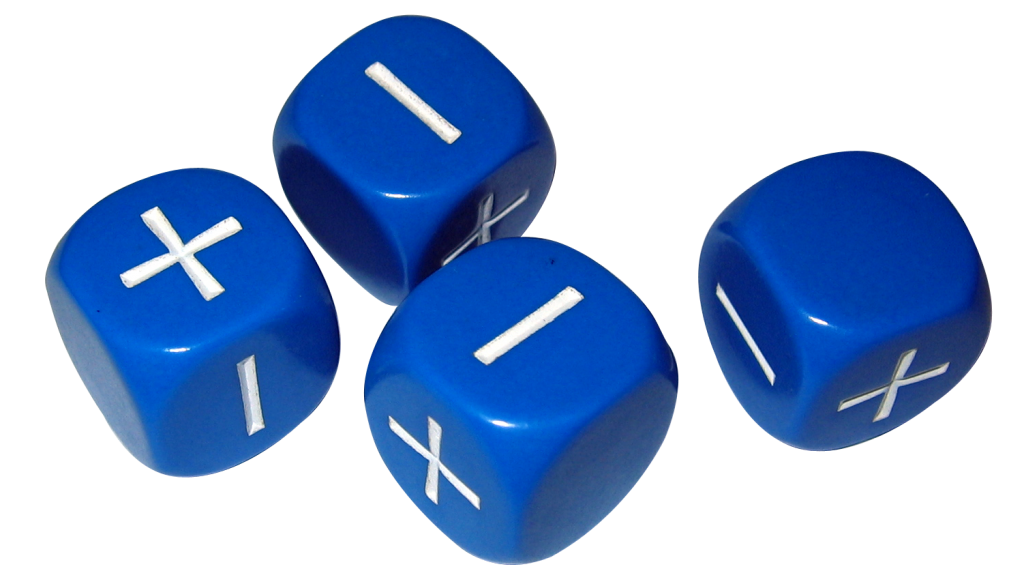I am sure that bulk answering these questions twice a week completely misses the point of #RPGaDAY but to be honest I don’t care.
Yesterday Sparta commented on a post I wrote at the beginning of July. The significance of that is that we are obviously reaching new people and they are looking at what we are writing. This is a good thing. I have no idea but it is entirely possible Sparta and others found the blog through the #RPGaDAY hashtag.
Insidentally one of the most most common good search phrases that brings people to the blog is [shadow world amthor]. The busiest day so far this month was the day that Brian mentioned the fanzine on the RM Forums!
Anyway, I digress.
19th Which RPG features the best writing?
This is a really subjective question. What is best writing anyway? The D&D Basic box set (red cover) that got me started had a life long impact on me so that must have been pretty good I would say.
I am actually going to put forward Champions as my answer though for this question. That was a brilliant system and the rulebook was a pleasure to read. It also changed the way I thought about RPGs and character generation forever.
20th What is the best source of out of print RPGs.
The only sites I have ever looked at for these are ebay and amazon marketplace. I guess the point of this question is that if you scanned twitter for the answer to this question then you are going to find a few gems of sites that are little known but will worth knowing about.
I bet scribt has a load of old RPGs uploaded as illegal copies, you seem to be able to find just about anything on there!
21st Which RPG does the most with the least words?
I assume they do not mean shortest rule set. I know there are tons of one page ‘rulebooks’ out there. I am going to answer with CarWars again. We used to role play it ans I think the game has a single character stat for your life which was 3 if you were healthy and maybe three skills driving, combat and mechanic if I remember rightly. So your entire character sheet was 4 words long and 4 numbers. The vehicle character sheet was a box with maybe 6 sets of initials, MG for machine gun, RR for recoiless rifle, PR for puncture resistant tyres and so on. It has to be the game with the least vocabulary of them all!
That was a brilliant game and we spent months playing a CW campaign with just these couple of skills. The next game I played after that was champions and the game after that was RM2. Champions and RM2 were all about skills (and powers), that is what what defined your character, that is what allowed you to craft exactly the character you wanted to play. But that was the impression I got with just Character Law and shortly afterwards Companion I. So at that point there were maybe 45 skills. Over the years we added every companion and all the Laws but with 200 skills the characters were no more unique. In fact I think the most skills that were added the more similar the characters became. Some of the skills became essentials such as tumble attack and tumble evade, two weapon combo and iai strike, at least in our games. The same was true of herb lore and sense ambush.
I suspect that that experience of playing CW with the 3 word (4 words if you include the characters name) character sheets may have stayed with me and gone some way towards inspiring my super light RM variant. You never know.








